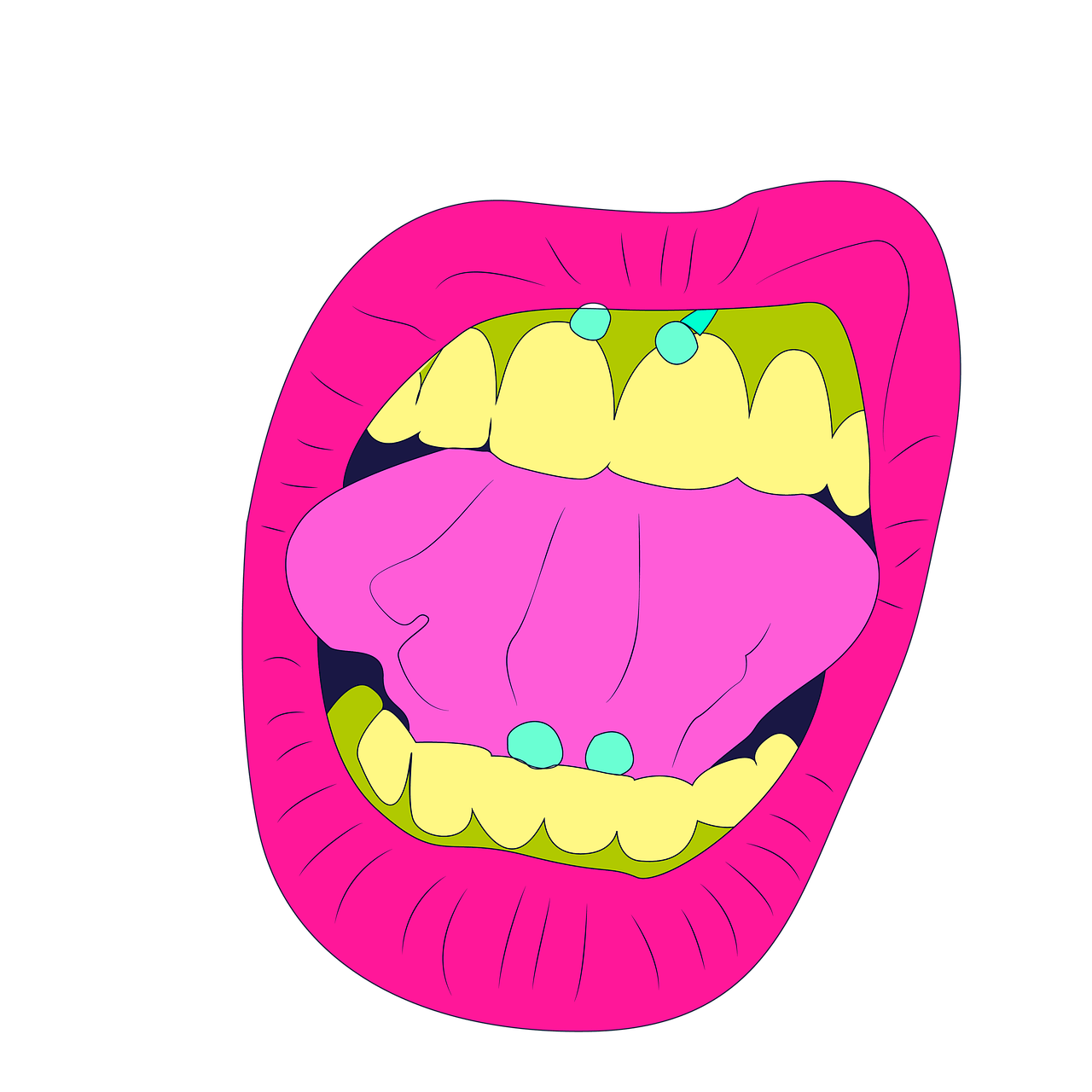Introduction to Snake Eyes Piercing
A. Brief Overview
The Snake Eyes Piercing, also known as the venom tongue piercing, is an intriguing style of body modification. Named due to its resemblance to the eyes of a snake, this piercing involves a horizontal barbell placed across the tip of the tongue, giving the illusion of a snake’s fangs. While its unique appearance contributes to its popularity, it’s not without controversy in the piercing community due to potential health risks.
B. Origin and History
The origin of the snake eyes piercing is relatively recent compared to other forms of body modification, with the trend becoming notable in the body piercing scene in the early 21st century. The snake eyes piercing is a part of the broader culture of tongue piercings, which have roots in ancient cultures, from the Aztecs to the Maya, who pierced their tongues for religious and ritual purposes. In modern times, however, tongue piercings including the snake eyes have evolved more as a form of personal expression and aesthetic appeal.
Understanding the Procedure of Snake Eyes Piercing
A. Initial Consultation
The first step towards getting a snake eyes piercing is an initial consultation with a reputable piercer. This typically includes discussing the client’s medical history, any allergies (especially to metals), and any potential complications that might arise. The piercer will also provide necessary information regarding the procedure, healing time, aftercare, and potential risks associated with the piercing.
B. Steps in the Procedure
- Prepping: The piercer cleans the tongue and marks the exact spots where the piercing will occur.
- Clamping: The tongue is then clamped, either manually or with tools, to prevent movement.
- Piercing: Using a hollow, sterilized needle, the piercer pushes through the tongue at the marked spots, from one end to the other.
- Jewelry Insertion: The barbell is then inserted through the piercing, and the ends are screwed on[1].
C. Piercing Equipment
The main equipment used for a snake eyes piercing includes a sterilized hollow needle and a straight barbell that is usually 14g in size. All tools should be sterilized before use to prevent infection. The barbell is typically made of surgical stainless steel, titanium, or gold to prevent allergic reactions.
D. How Long Does the Procedure Take?
The actual piercing procedure is quite quick and often takes only a few minutes[2]. However, the overall process, which includes the consultation, preparation, piercing, and aftercare instructions, can take up to an hour.
Considerations Before Getting a Snake Eyes Piercing
A. Pros and Cons of Snake Eyes Piercing
The snake eyes piercing is appealing due to its uniqueness and aesthetic appeal. It’s a style statement and can be a way for individuals to express their personal style.
However, there are cons to consider. Notably, it’s a controversial piercing among professionals due to potential health risks. The piercing can also cause discomfort when speaking or eating, and certain foods or drinks might need to be avoided initially[3].
B. Potential Health Risks
- What are the possible side effects?
Possible side effects of snake eyes piercing include pain, swelling, infection, difficulty speaking and eating, drooling, and teeth or gum damage due to the jewelry.
- Can it affect my oral health?
Yes, snake eyes piercing can affect oral health. Potential issues include gum recession, chipped or cracked teeth from the jewelry, and an increased risk of oral infections.
C. Lifestyle and Dietary Changes
After getting a snake eyes piercing, certain lifestyle and dietary changes may be necessary. This includes avoiding spicy foods, alcohol, and tobacco, which can irritate the piercing. Additionally, proper oral hygiene becomes even more crucial to prevent infections.
D. Finding a Qualified Piercer
Choosing a qualified, experienced piercer is crucial for a snake eyes piercing. It’s important to research and choose a piercer who adheres to strict hygiene standards and has considerable experience with tongue piercings.
Aftercare for Snake Eyes Piercing
A. Immediate Post-piercing Care
Immediate aftercare for a snake eyes piercing involves several steps. These include rinsing the mouth with a saline solution or an alcohol-free mouthwash after eating, drinking, or smoking. Additionally, it is recommended to avoid playing with the jewelry, spicy foods, alcohol, and tobacco, all of which can irritate the fresh piercing.
B. Long-term Care
Long-term care for a snake eyes piercing includes maintaining good oral hygiene practices, such as regular brushing, flossing, and using mouthwash. Additionally, regular check-ups with your piercer to ensure the piercing is healing correctly are also crucial[4].
C. Potential Complications and How to Handle Them
- How to recognize a piercing infection?
Signs of a piercing infection can include severe pain, redness, swelling, discharge of pus, and fever.
- What to do if complications arise?
If complications like an infection occur, it’s important to consult a healthcare provider or the piercer promptly. Removing the jewelry should not be done unless advised by a professional, as it may lead to further complications.
D. The Healing Process
The healing process for a snake eyes piercing typically takes 4-8 weeks. It’s crucial to follow aftercare guidelines strictly during this period to avoid complications and ensure a smooth healing process.
Frequently Asked Questions About Snake Eyes Piercing
A. Can I remove or change the jewelry myself?
It is strongly advised not to remove or change the jewelry of a snake eyes piercing by oneself, especially during the healing period. This should be done by a professional piercer to avoid potential complications such as infection or damage. After the healing period, if one wishes to change the jewelry, it’s still recommended to seek a professional’s help.
B. How painful is the procedure?
Pain levels for a snake eyes piercing can vary depending on individual pain tolerance. However, given the sensitive nature of the tongue, some pain and discomfort during and after the procedure should be expected[5].
C. Can I eat and drink normally after the procedure?
Immediately after the procedure, one should avoid hot, spicy, and hard-to-chew foods that may cause discomfort or irritation. Alcohol and tobacco should also be avoided, as they can slow down the healing process. After the initial healing period, normal eating and drinking habits can usually be resumed.
D. How to ensure the piercing heals properly?
Ensuring proper healing for a snake eyes piercing requires following aftercare guidelines strictly. This includes maintaining good oral hygiene, using an alcohol-free mouthwash, avoiding irritating foods and habits, and regular check-ups with the piercer.
Conclusion
A. Summary of the Key Points
Snake eyes piercing, though an intriguing form of body modification, involves certain risks and requires thorough consideration before proceeding. The procedure involves piercing the tip of the tongue horizontally, with a barbell going through the tongue.
It’s crucial to understand the potential health risks associated with the procedure, which includes nerve damage, gum recession, teeth damage, and possible infection. The healing process typically lasts between 4 to 8 weeks and demands meticulous aftercare that involves maintaining good oral hygiene and avoiding irritating substances.
B. Final Thoughts
In conclusion, getting a snake eyes piercing is not a decision to be taken lightly. It’s essential to be fully informed about the procedure, potential risks, necessary aftercare, and lifestyle changes it entails. Ultimately, the decision should be based on a thorough understanding and a discussion with a qualified professional.










